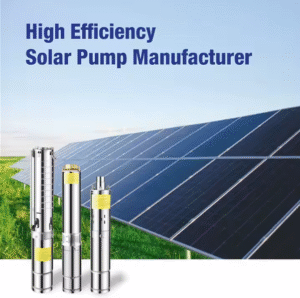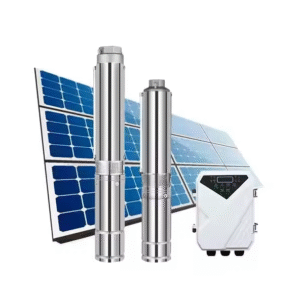What is the difference between solar energy storage batteries and traditional batteries?
by
What is the difference between solar energy storage batteries and traditional batteries?
Solar power is revolutionizing energy storage, but not all batteries are created equal. Why settle for outdated technology when modern solar storage offers game-changing advantages?
Solar batteries differ from traditional batteries by being optimized for deep cycling, partial state-of-charge operation, and seamless integration with photovoltaic systems - making them far superior for renewable energy storage applications.
When examining energy storage options, the key differences between traditional and solar batteries go far beyond basic chemistry. These differences determine which applications each type is best suited for.
How do solar photovoltaic energy storage batteries work best with photovoltaic systems?
Ever wondered why standard car batteries fail when used with solar panels? The answer reveals why purpose-built solar storage is essential.
Solar batteries integrate optimally with PV systems through specialized charge controllers that prevent overcharging, accommodate irregular solar input, and enable bidirectional energy flow - features traditional batteries lack.
Key Integration Features
| Feature | Solar Batteries | Traditional Batteries |
|---|---|---|
| Charge Profile | Optimized for solar charging patterns | Fixed voltage charging |
| Cycling Capability | 3,000-10,000 deep cycles | 200-500 shallow cycles |
| Partial SOC Operation | Designed for daily 20-80% cycling | Requires full recharges |
| System Integration | Built-in BMS communication | No monitoring capabilities |
For example:
- Lithium solar batteries automatically adjust to variable solar input without damage
- Lead-acid versions include thicker plates to withstand deep discharges
- All include temperature compensation for outdoor installation
What types of solar photovoltaic energy storage batteries are there?
With so many options on the market, how do you choose the right solar battery chemistry for your needs?
The main solar battery types are lithium-ion (LiFePO4), advanced lead-acid (AGM/Gel), and flow batteries - each offering different tradeoffs in cost, lifespan, and performance characteristics for solar applications.
Solar Battery Comparison
1. Lithium-Ion (LiFePO4)
- Cycle life: 6,000+ cycles
- Depth of discharge: 80-90%
- Maintenance: None
- Best for: Daily cycling systems
2. Advanced Lead-Acid
- Cycle life: 1,200 cycles
- Depth of discharge: 50%
- Maintenance: Regular equalization
- Best for: Backup power systems
3. Flow Batteries
- Cycle life: 15,000+ cycles
- Depth of discharge: 100%
- Maintenance: Electrolyte monitoring
- Best for: Large-scale storage
How to choose a solar photovoltaic energy storage system suitable for home/industry?
Selecting the wrong solar battery can turn your renewable energy dream into a costly nightmare. What factors actually matter most?
Choose home solar storage based on daily energy needs (kWh), desired backup duration, compatible voltage, and warranty terms - while industrial systems require additional focus on scalability and peak power delivery.
Selection Criteria
| Factor | Residential Consideration | Industrial Consideration |
|---|---|---|
| Capacity | 10-20kWh typical | 100kWh+ systems |
| Power Rating | 5-10kW continuous | 50-500kW demand |
| Chemistry | Lithium preferred | Flow batteries for longevity |
| Scalability | 1-2 battery units | Modular expansion capability |
| Climate | Temperature tolerance | Industrial cooling needs |
Key tips:
- Map your load profile before selecting battery size
- Verify inverter compatibility to avoid costly mismatches
- Consider future expansion needs upfront
- Review cycle warranty details carefully
Conclusion
Solar storage batteries fundamentally outperform traditional batteries through deep-cycle durability, partial state-of-charge operation, and seamless PV integration - making them the clear choice for renewable energy applications.
Popular Posts
You may also be interested in:



